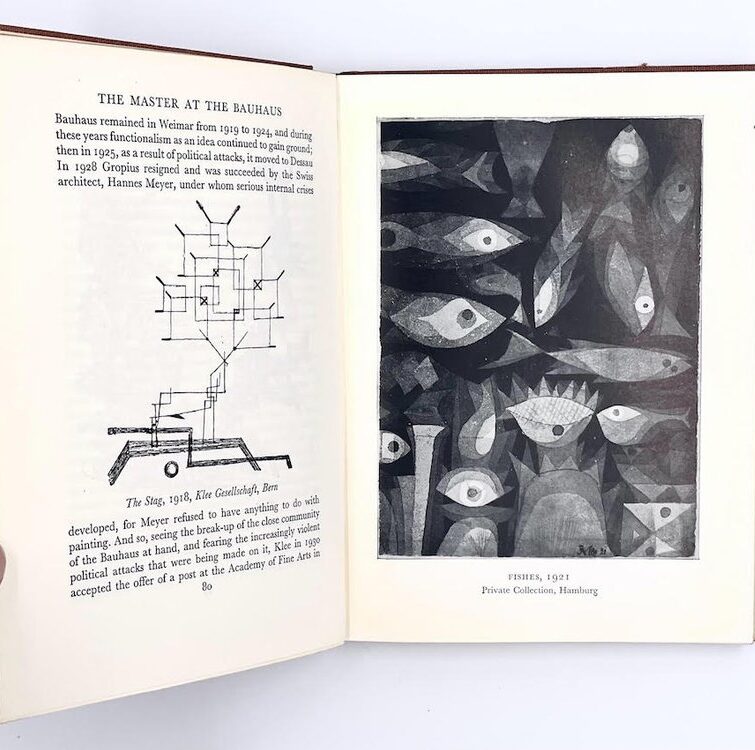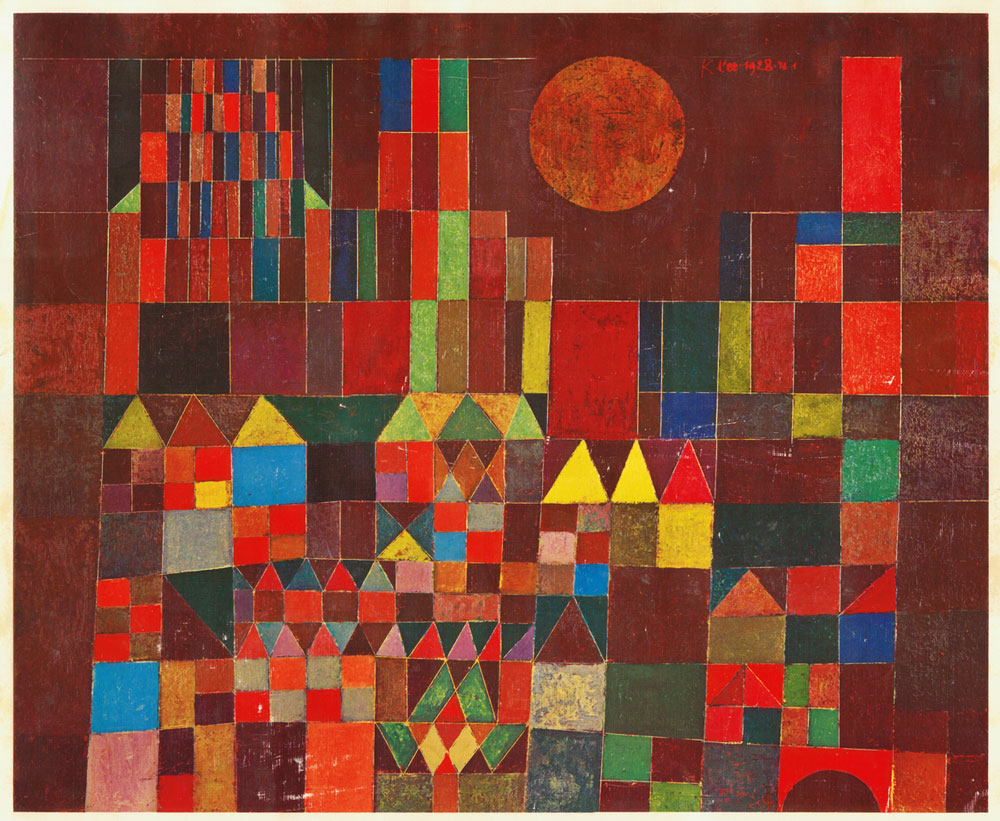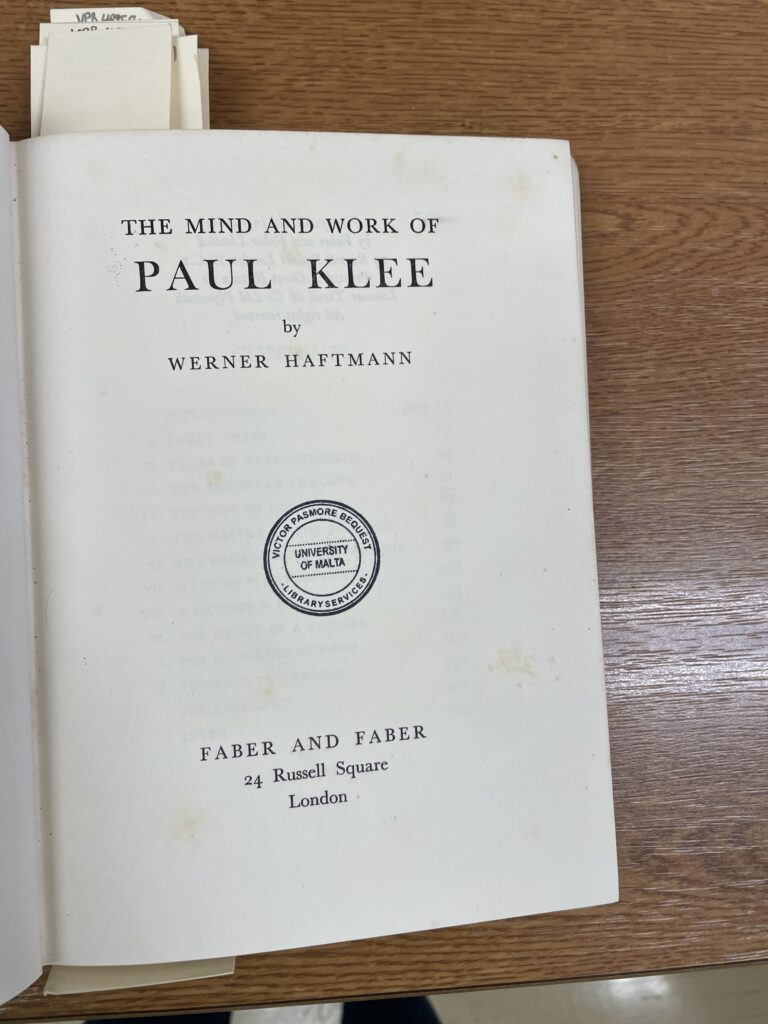THE MIND AND WORK OF PAUL KLEE
Antonia Critien
In 1948, Pasmore, who had hit a wall in terms of artistic fulfilment, saw a work by Paul Klee and was ‘seized by a violent urge to start again on a completely new basis.’ (letter to Bruce Laughton 1982). This painting, Sun and Town or Castle and Sun (1928), made up entirely of coloured geometric shapes, became a pivotal piece in Pasmore’s newfound direction towards abstraction, alongside the basic forms he admired in Piet Mondrian.
There is a lot to take in when it comes to Paul Klee (1879-1940). An incredibly prolific artist, the variety of styles and subject matter Klee employed is second to none. Primitive art, symbolism, abstraction, surrealism, cubism – Klee did it all, and it quickly became clear why Pasmore was drawn to him. His early collages as well as paintings such as Square Motif Blue and Gold – The Eclipse (1950, Oil on canvas, Tate Modern Collection) are instantly reminiscent of Klee. A competent and trained violinist, music also makes its mark in Klee’s paintings, many of which can be described as ‘visual rhythms’. As a musician he sought musical principles and applied them to his art. Pasmore too found that abstract art and music were intricately connected – as the rhythmic divisions of time and sound in music find an echo in the deepest recesses of the mind, so do the spaces, tones and the colours of painting. (Redfern Gallery exhibition catalogue 1949). Like Pasmore, Klee was also a teacher, lecturing at the Bauhaus between 1921 and 1931. His writings from this time were a big influence on Pasmore, particularly his Pedagogical Sketchbook which according to Pasmore may well serve to fill the gap to the modern approach to art-teaching (Encounter, April 1954). In 1933, just as Klee had begun a new teaching post at the Dusseldorf Academy, he was banned under Nazi rule, from teaching or exhibiting his works, and his art was deemed ‘degenerate’.
The Mind and Work of Paul Klee (Faber and Faber 1954) is by Werner Haftmann (1912-1999) – one of the most influential art historians of his time – a fervent supporter of contemporary art, most especially Abstract Expressionism and an ardent defender of the artists such as Klee, labelled ‘degenerate’ under Nazism. As a co-founder of Documenta, Germany’s most important art show even today, Haftmann aimed to break away from the tight restrictions and abuse the Third Reich had imposed on art, thus introducing Germany to all that was happening in modern art on an international scale. In 2020, researchers found that not only was Haftmann a member of the Nazi party and the SA parliamentary organisation, but he also excluded Jewish artists from the Documenta exhibitions.
In 2018, Victor Pasmore’s children, John Henry Pasmore and Mary Ellen Nice, donated over 500 books and exhibition catalogues to the University of Malta, Archives and Rare Books Department. The Victor Pasmore Gallery is open to visitors at APS House, 274 St Paul Street, Valletta.






